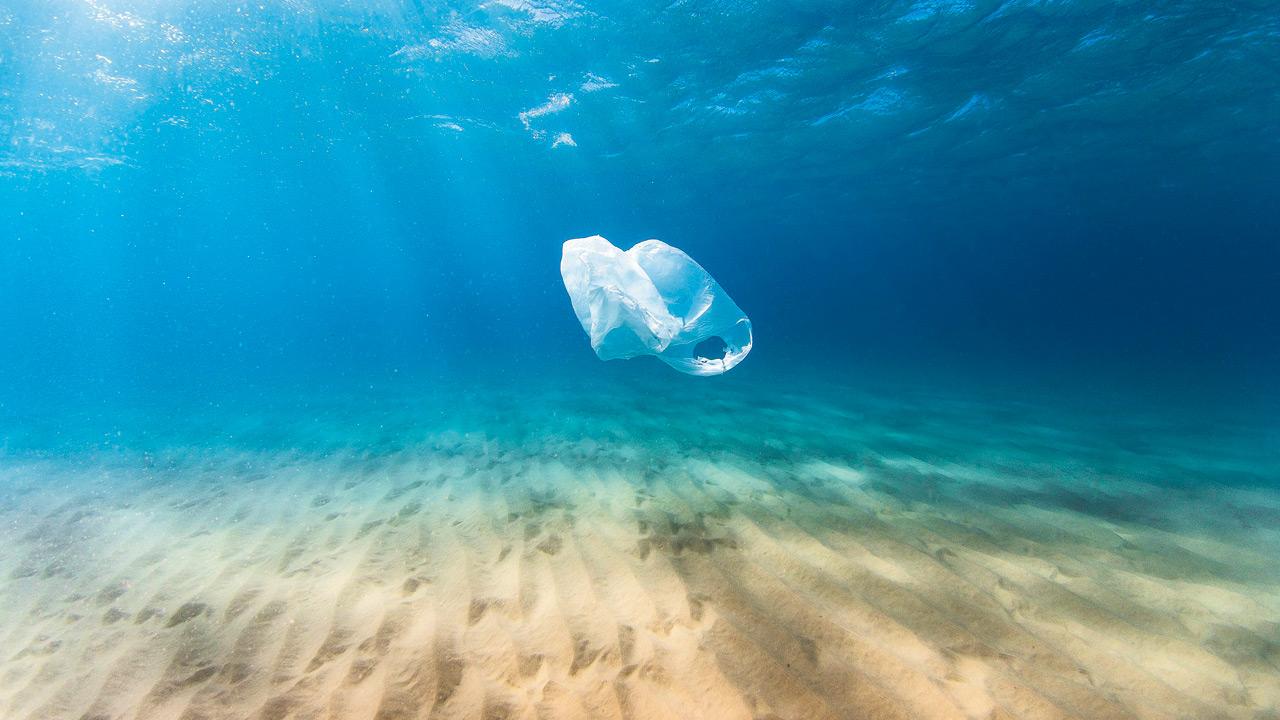The City of Fremantle has fallen significantly behind its targets to boost canopy cover, and it will now need to plant trees for an additional four years just to meet 80 per cent of its original goal. However, Mayor Hannah Fitzhardinge emphasized that several mitigating factors contributed to the shortfall, including reduced budgets during the COVID years, and stressed that the issue has not been ignored.
Fremantle councillors adopted the Urban Forest Plan in 2017, which outlined the number of trees the council needed to plant over the following decade to achieve its ambitious goal: increasing canopy cover from 13 per cent to 20 per cent. Despite a 2021 decision to revise targets downward by 20 per cent, tree plantings have continued to lag further behind.
In 2023, the council resolved to plant just 600 trees annually in 2024 and 2025 as part of a budget-constrained reset. The city successfully planted 600 trees this year, but this was 838 fewer than the revised target of 1,438, and a substantial 1,198 short of the initial goal of 1,798. The previous year’s planting numbers were also below target, with 533 trees planted—687 fewer than the revised target of 1,220 and 992 fewer than the initial goal of 1,525.
Over the eight years since the program began, the city has planted 5,519 trees. This represents a 33 per cent shortfall compared to its revised target of 8,264 and nearly 50 per cent less than the original goal of 10,330 trees.
Earlier this year, the council requested the chief executive to present a revised target, data on the cumulative shortfall, and a timeline for delivery. All figures are to be published on the city’s website and updated annually. To support this initiative, a budget of almost $700,000 and a full-time staff member have been allocated for 2025-26 to help manage the project.
Last week, the council voted to aim for planting 900 trees annually over the next six years. This plan is set to surpass the revised target of 10,804 trees by 2031, although this will be four years later than initially scheduled.
At the meeting, Councillor Adin Lang acknowledged criticisms from residents and the Fremantle Environmental Network regarding missed targets but described the initial goal as very ambitious.
“I guess you can have a crazy, ambitious goal, but not all of them may be achievable,” he said. “Acknowledging that and extending it by a few years is pretty sensible.”
Mayor Fitzhardinge also highlighted other contributing factors to the shortfall, introducing an amendment noting that it was caused by a lack of initial resourcing, reduced budgets during COVID-affected years, and the unavailability of high-quality planting stock.
“I wanted to just make it clear that we didn’t sort of have an ‘oops’ moment that we had a shortfall of trees,” she said. “There were fairly considered and extensive discussions of trees at every budget that we’ve considered together. It seems a bit rough to read back and just say we had a target and we missed it; there were some factors that contributed to that—it wasn’t just a blind error.”
Councillor Ben Lawver welcomed the renewed investment in tree planting, emphasizing that it forms part of a broader push to increase canopy cover.
“We also have a policy that will be coming back to a future council and other items that could potentially help us grow our urban canopy,” he said. “While it is very important that we plant street trees, and plant trees in our parks and reserves, it is the loss of trees on private property that is really dragging our canopy coverage down.”
Last year, the council found itself at the center of a saga over the protection of a century-old Moreton Bay fig tree on private land. Landowners requested the council to remove the fig from the significant tree list. Protection was stripped from the tree, then reinstated after public backlash, before being removed again.
Councillor Lang concluded by saying it was critical to deliver on targets, allocate budgets, and get trees in the ground. However, the next step would involve refining the work based on the data collected and published.
“We’re using the data and we’re going to get better,” he said. “Hopefully, we can hone in on locations we need to work on and maximize the value of what we’re planting.”
https://www.perthnow.com.au/news/environment/city-of-fremantle-stumped-in-plans-to-boost-tree-canopy-cover-c-19835826
